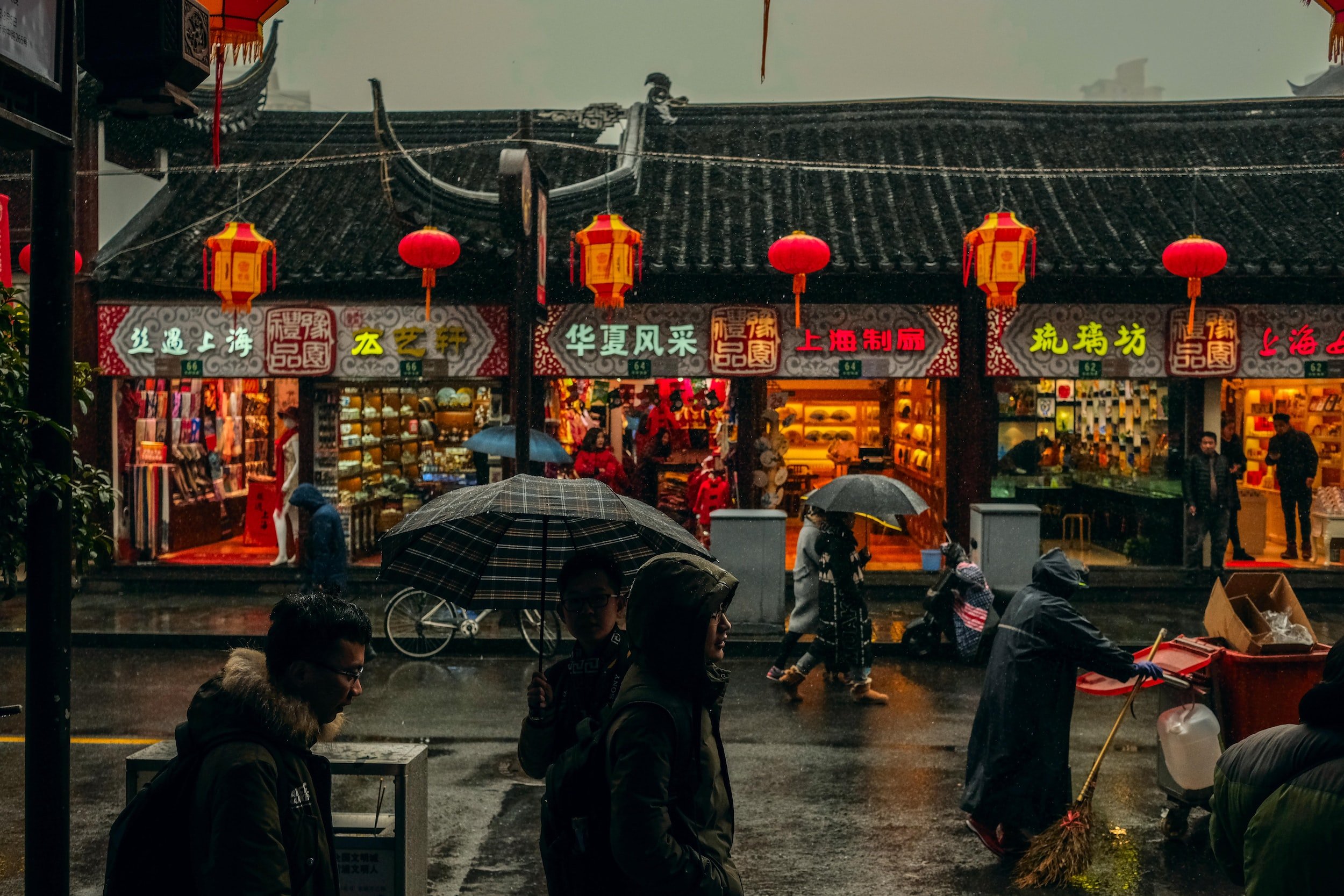Chixit: how to get out of China today
China’s borders may technically be open but getting out, or ‘Chixiting’, is harder than it sounds. Here’s how you can tackle the border difficulties.
What border restrictions were in place before January 2023?
Zero Covid was the name of the game with a heavy focus on stringent pre-departure, post-arrival PCR testing. In the context of air travel, restrictions were placed on the number of flights an international airline could operate to or from the Mainland (with similar rules to the Hong Kong S.A.R.).
The rules meant that non-Chinese airlines could only operate one return route to China per week, with some exceptions towards the end of 2022. This meant that an airline such as Singapore Airlines could only fly to one Chinese city, once per week - which was often not to Beijing to keep Covid-19 out of the capital. These restrictions have now been lifted.
Why is this still an issue?
Simply, many airlines are reluctant to increase capacity too quickly to the Mainland. This is due to both outbound demand from China not having a large surge and many Chinese Embassies not issuing short term visitor’s visas to foreigners. Even though Chinese airlines were not subject to the same constraints, they too reduced capacity during the pandemic and in 2023 capacity is still far below that of 2019.
Thanks to supply-side economics, the constrained capacity results in higher fares for passengers. I had looked for return flights from Beijing to Singapore around the Chinese New Year period with prices as high as USD 2000 in Economy.
How to tackle the price rises
If you are looking for a route that is continuously expensive throughout the year from China, consider an alternative routing. This could be taking transport to another Chinese city (train or domestic flight) then departing from a different origin point - although this is unlikely to have a large impact on pricing. Instead, I recommend travelling first to Shenzhen or Guangzhou either by train or domestic flights before crossing the border over to Hong Kong - or flying direct from a Chinese city. Despite having similar restrictions to the Mainland during the pandemic, capacity has increase far quicker to the SAR - thanks to home carriers such as Cathay Pacific, HKexpress and Greater Bay Airlines. From Hong Kong, people will find there is a whole host of extra flight options - for example, Singapore Airlines operates several flights a day to HK while just a few per week to Beijing, providing greater capacity and options.
As always, if you are making several bookings for different travel mediums you will need to ensure:
you meet all border restrictions such as PCR testing and vaccination in the required period
you have sufficient padding in your schedule in the event of a delayed or cancelled journey (more time between flights, trains and border crossings is better).
For the booking I mentioned earlier, we opted for a multi-sector booking across air and rail:
Beijing to Hong Kong on Cathay Pacific Economy (12.5k Miles + USD 47, booked via Alaska Airlines)
2 days in Hong Kong
Hong Kong to Jakarta on Cathay Pacific Business (22.5k Miles + USD 56, booked via Alaska Airlines)
4 days in Jakarta
Jakarta to Singapore on Singapore Airlines Economy (8.5k miles + USD 16, booked via Singapore Airlines)
6 days in Singapore
Singapore to Hong Kong on Singapore Airlines Premium Economy (18.55k + approx. USD 50, booked via Singapore Airlines)
2 days in Hong Kong
Hong Kong to Shenzhen on MTR High Speed Rail (~USD 10)
Equally, don’t discount traditional connecting flights sold by airlines. Direct flights are limited in options, and you should consider opting for a connecting airline such as Cathay Pacific, Malaysia Airlines or Singapore Airlines. Usually, these will cost less to counter the ‘inconvenience’ of needing to connect rather than be on a nonstop service.
Conclusion
These concerns should dissipate over the coming months as the country further opens up to foreigners and reduces their Covid restrictions. Those travelling out of China with plans to return should still be vigilant when on their voyages, particularly due to the current requirement for pre-departure PCR tests. Be sure to have some form of backup plan for what you can do if you test positive, e.g. a location you can quarantine in until you are negative, as well as carrying a supply of lateral flow (ART) test kits.




